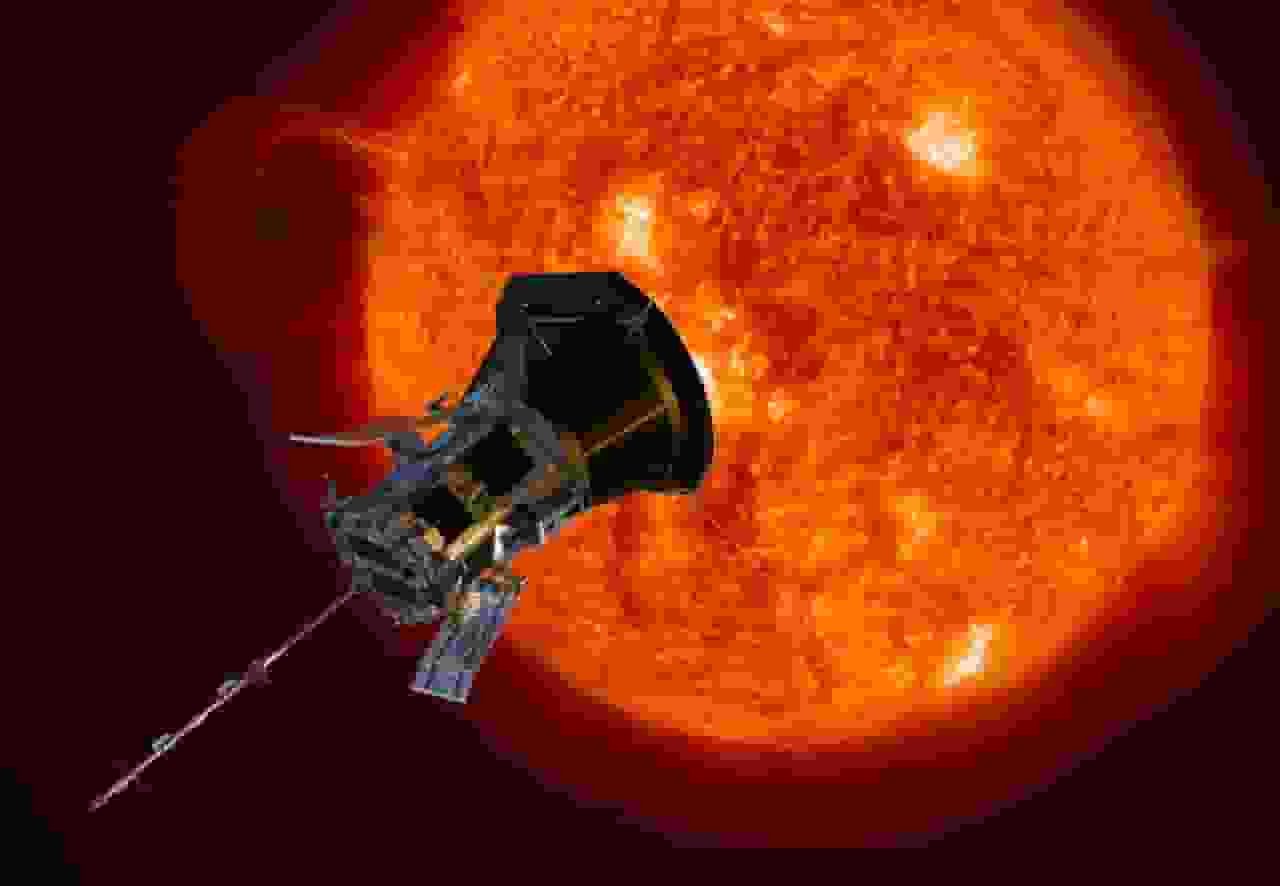Discover how the NASA’s Parker Solar Probe survives in the solar massive coronal mass ejection.

NASA’s Parker Solar Probe Caught Massive Solar Explosion On Camera; The Spacecraft Survives In The Ejection (Photo: Medium)
A phenomenal solar outburst was witnessed by NASA’s Parker Solar Probe as it passed directly through it. This is the first time that close up video of a solar explosion has ever been recorded.
The particularly potent coronal mass ejection shown in the video captured by the NASA’s Parker Solar Probe, which was made public by scientists at the Johns Hopkins Applied Physics Laboratory, happened last year.
The massive explosions of extremely hot plasma known as coronal mass ejections (CMEs) come from the sun.
They put satellites, astronauts, and even electronic equipment inside the Earth’s atmosphere in danger by driving high-energy space storms for millions of miles.
READ ALSO: SpaceX Falcon 9 Rocket Sets To Launch Tonight: Don’t Miss This New Rocket Reusability Milestone
Engineers rejoiced as a result of the NASA’s Parker Solar Probe’s safe passage through a CME on September 5, 2022.
NASA’s Parker Solar Probe’s perilous journey gave the probe a rare chance to observe a CME up close, which gave scientists several scientific reasons to rejoice.
In fact, a two-decade-old notion was supported by NASA’s Parker Solar Probe’s data.
According to NASA, the coronal mass ejection (CME) that hit the Parker Solar Probe was among the strongest ones ever seen.
The NASA’s Parker Solar Probe went straight through the CME and survived it, recording the event on camera. This is fortunate news for the researchers currently studying the sun.
According to Johns Hopkins Applied Physics Laboratory, CMEs have the ability to release magnetic fields, at speeds ranging from 60 to 1,900 miles per second, releasing billions of tons of plasma.
Regarding the one in September, Johns Hopkins reports that NASA’s Parker Solar Probe measured particle velocities of up to 840 miles per second.
The NASA’s Parker Solar Probe was created for the exclusive purpose of studying the sun.
According to NASA, NASA’s Parker Solar Probe is not only the fastest spaceship in history but also the one that can travel the farthest, within 4 million miles of the sun’s surface.




![Tyson Foods Plant [Photo: Food Manufacturing]](https://southarkansassun.com/wp-content/uploads/2023/08/iStock_1185520857__1_.5e441daa51cca-600x337.jpg)








![Silverado Senior Living Management Inc. [Photo: Los Angeles Times]](https://southarkansassun.com/wp-content/uploads/2023/10/download-6-4-600x337.jpg)

![China's Wuhan Institute of Virology [Photo: Nature]](https://southarkansassun.com/wp-content/uploads/2023/09/d41586-021-01529-3_19239608-600x337.jpg)















